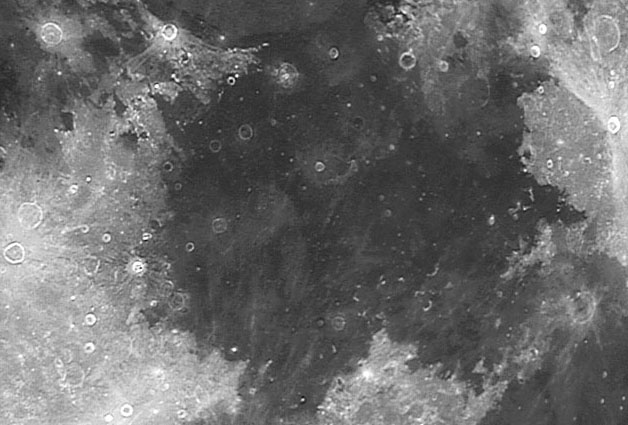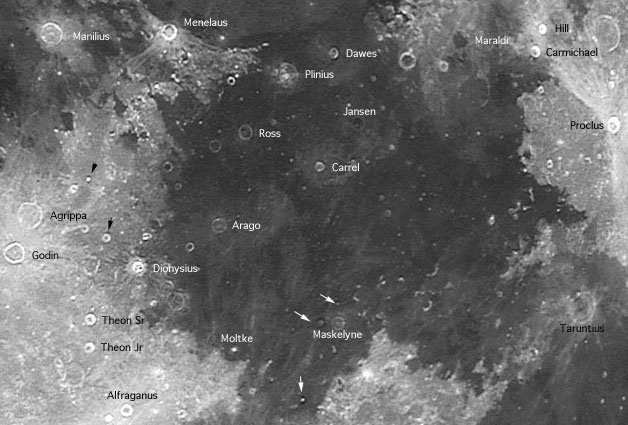Difference between revisions of "September 24, 2004"
| (10 intermediate revisions by the same user not shown) | |||
| Line 1: | Line 1: | ||
__NOTOC__ | __NOTOC__ | ||
=Tranquil Sunshine= | =Tranquil Sunshine= | ||
| + | <!-- Start of content --> | ||
<table width="85%" border="0" align="center" cellpadding="6" cellspacing="2"> | <table width="85%" border="0" align="center" cellpadding="6" cellspacing="2"> | ||
<tr> | <tr> | ||
| − | |||
<td width="50%"> | <td width="50%"> | ||
</td> | </td> | ||
| Line 11: | Line 11: | ||
<tr> | <tr> | ||
<td colspan="2" valign="top"><div align="center"> | <td colspan="2" valign="top"><div align="center"> | ||
| − | + | <!-- Mouse style 1 --> | |
| − | + | {{HoverImage|LPOD-2004-09-24.jpeg|LPOD-2004-09-24b.jpeg}} | |
| − | |||
</div></td> | </div></td> | ||
</tr> | </tr> | ||
| Line 19: | Line 18: | ||
<table width="80%" border="0" align="center" cellpadding="8"> | <table width="80%" border="0" align="center" cellpadding="8"> | ||
<tr> | <tr> | ||
| − | <td><div align="center" class="main_sm">Image Credit: [mailto:kcpaulhk@yahoo.com.hk KC Pau]</p> | + | <td><div align="center" class="main_sm"><p>Image Credit: [mailto:kcpaulhk@yahoo.com.hk KC Pau]</p> |
</div></td> | </div></td> | ||
</tr> | </tr> | ||
| Line 26: | Line 25: | ||
<table class="story" border="0" bgcolor="#FFFFFF" width="90%" cellpadding="10" align="center"><tr><td> | <table class="story" border="0" bgcolor="#FFFFFF" width="90%" cellpadding="10" align="center"><tr><td> | ||
<p align="center"><b>Tranquil Sunshine</b></p> | <p align="center"><b>Tranquil Sunshine</b></p> | ||
| − | <p align="left">Last month, LPOD featured KC Pau's image of a full Moon view of [ | + | <p align="left">Last month, LPOD featured KC Pau's image of a full Moon view of [[August_27,_2004|Mare Serenitatis]]; here is the companion, shot on the same night, of Mare Tranquilitatis. Once again when the sun is overhead and shadows disappear, a less familiar Moon appears. As you sweep your eye over the mare, it becomes obvious that it is not all the same hue. A series of rather large light circles extend from near Arago to Carrel to Jansen (see mouseover). These are the areas of slightly higher surface structures that I call the Lamont-Gardner [[August_16,_2004|Megadome Alignment]]. Another more delicate type of feature, only visible near high noon, is a dark rim around some craters. Dawes has such a collar, as do the five craters I've arrowed, but the really amazing dark ray crater is Dionysius - take a look! These dark collars and rays are due to the crater ejecting dark mare material that must be beneath the lighter surface rocks. Finally, notice the bright-rimmed craters. Proclus, with its asymmetric rays is obvious, but also look at Theon Junior and Senior. Bright rimmed craters expose fresh surfaces (due to landslides) that have not yet been darkened by solar radiation. These are some of the youngest craters on the Moon. |
</p> | </p> | ||
| − | <blockquote><p align="right">— [mailto:tychocrater@yahoo.com Chuck Wood]</blockquote> | + | <blockquote> |
| − | <p align="left" | + | <p align="right">— [mailto:tychocrater@yahoo.com Chuck Wood]</p></blockquote> |
| + | <p align="left"><b>Technical Details:</b><br> | ||
July 31, 2004, 250 mm f/6 Newtonian at prime focus + Toucan Pro webcam</p> | July 31, 2004, 250 mm f/6 Newtonian at prime focus + Toucan Pro webcam</p> | ||
<p><b>Related Links:</b><br> | <p><b>Related Links:</b><br> | ||
| − | [http://skyandtelescope.com/observing/objects/moon/article_1332_1.asp Observing the Full Moon] | + | [http://skyandtelescope.com/observing/objects/moon/article_1332_1.asp Observing the Full Moon]</p> |
| − | <p | + | <p><b>Yesterday's LPOD:</b> [[September 23, 2004|Lunar Crater Types]] </p> |
| + | <p><b>Tomorrow's LPOD:</b> [[September 25, 2004|Trough and Pancake]] </p> | ||
</tr> | </tr> | ||
</table> | </table> | ||
| Line 44: | Line 45: | ||
<p align="center" class="main_titles"><b>Author & Editor:</b><br> | <p align="center" class="main_titles"><b>Author & Editor:</b><br> | ||
[mailto:tychocrater@yahoo.com Charles A. Wood]</p> | [mailto:tychocrater@yahoo.com Charles A. Wood]</p> | ||
| − | < | + | <!-- Cleanup of credits --> |
| − | + | <!-- Cleanup of credits --> | |
| − | < | + | <!-- Cleanup of credits --> |
| − | + | <!-- Cleanup of credits --> | |
| − | < | + | <!-- Cleanup of credits --> |
| − | < | + | <!-- Cleanup of credits --> |
| − | + | <!-- Cleanup of credits --> | |
| − | < | + | <!-- Cleanup of credits --> |
| − | + | <!-- Cleanup of credits --> | |
</td></tr> | </td></tr> | ||
</table> | </table> | ||
| − | ---- | + | <!-- End of content --> |
| − | + | {{wiki/ArticleFooter}} | |
| − | |||
Latest revision as of 14:54, 15 March 2015
Tranquil Sunshine
Image Credit: KC Pau |
|
Tranquil Sunshine Last month, LPOD featured KC Pau's image of a full Moon view of Mare Serenitatis; here is the companion, shot on the same night, of Mare Tranquilitatis. Once again when the sun is overhead and shadows disappear, a less familiar Moon appears. As you sweep your eye over the mare, it becomes obvious that it is not all the same hue. A series of rather large light circles extend from near Arago to Carrel to Jansen (see mouseover). These are the areas of slightly higher surface structures that I call the Lamont-Gardner Megadome Alignment. Another more delicate type of feature, only visible near high noon, is a dark rim around some craters. Dawes has such a collar, as do the five craters I've arrowed, but the really amazing dark ray crater is Dionysius - take a look! These dark collars and rays are due to the crater ejecting dark mare material that must be beneath the lighter surface rocks. Finally, notice the bright-rimmed craters. Proclus, with its asymmetric rays is obvious, but also look at Theon Junior and Senior. Bright rimmed craters expose fresh surfaces (due to landslides) that have not yet been darkened by solar radiation. These are some of the youngest craters on the Moon. Technical Details: Related Links: Yesterday's LPOD: Lunar Crater Types Tomorrow's LPOD: Trough and Pancake |
|
Author & Editor: |
COMMENTS?
Register, Log in, and join in the comments.





